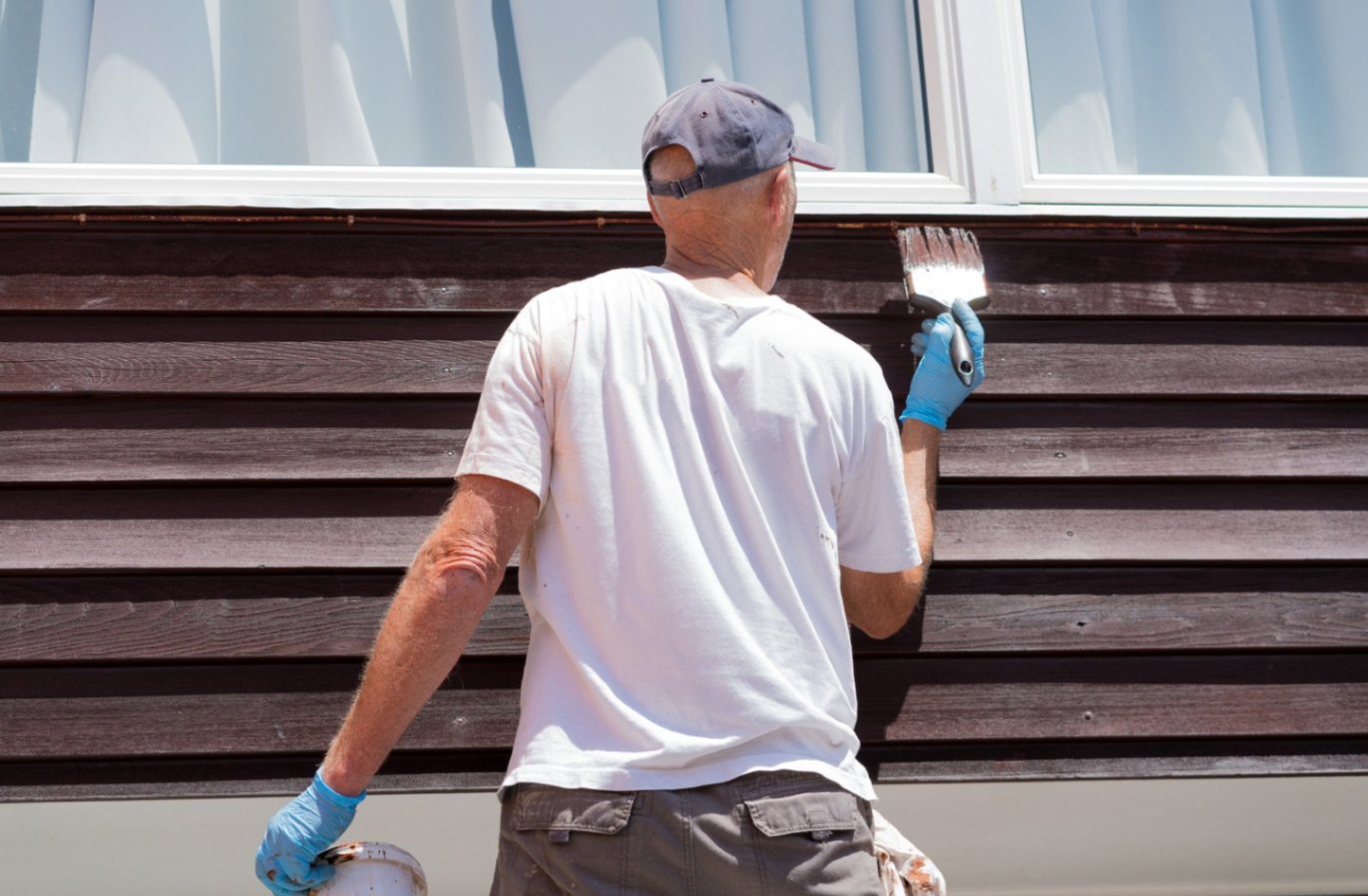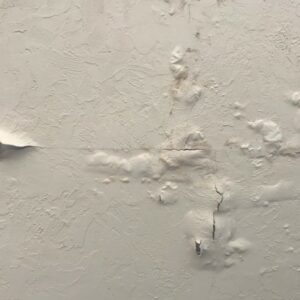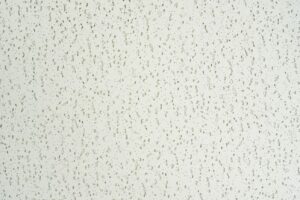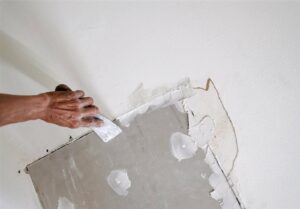When it comes to choosing the right exterior paint, durability is key. The longevity of your paint job depends heavily on the paint’s ability to withstand various climatic conditions. This guide will walk you through the essentials of selecting the most durable exterior paints tailored to different climate zones, helping you protect your home’s exterior for years to come.
Knowing About Climate Zones
Understanding the local climate is the first step in selecting the appropriate exterior paint for your house. The obstacles faced by exterior paints vary depending on the temperature, and choosing the incorrect paint type might lead to early fading, cracking, peeling, or the formation of mildew. Below is a summary of the main climatic zones:
- Hot and Dry Climates: Regions like deserts that experience high temperatures, low humidity, and strong sunshine.
- Hot and Humid Climates: Areas with high humidity and temperatures, such as tropical and subtropical regions.
- Cold climates: These climates are those with severe winters and frequent lows below freezing.
- Temperate climates: These are those climates found in areas that experience pleasant, moderate temperatures that can swing between being cool and warm, frequently accompanied by rainy spells.
- Coastal Climates: Areas near the ocean, where salt air, high humidity, and strong winds are common.
Selecting Paint for Dry and Hot Environments
The sun’s strong UV rays, which can eventually cause paint to fade and break, are the main cause for concern in hot and dry locations. Here’s what to look for:
- UV-Resistant Paint: To avoid fading and degradation, use a paint with a high level of UV resistance. These paints are frequently created with unique pigments and compounds that offer UV protection.
- Acrylic Paints: Due to its flexibility and ability to expand and contract with temperature changes, acrylic-based paints work well in hot, dry regions and lessen the chance of cracking.
- Light Colors: Paints with a higher reflectivity of sunlight help to keep surfaces cooler and less vulnerable to heat-related damage. When compared to darker colors, they are less likely to fade.
- Elastomeric Coatings: Consider elastomeric paints, which provide a thick, flexible coating that can bridge hairline cracks, preventing moisture from entering and causing damage.
Selecting Paint for Warm and Moist Environments
The main problem in hot, humid regions is moisture. Paints in these spaces must withstand the effects of humidity, mold, and mildew:
- Mildew-Resistant Paints: Paints that are particularly designated as mildew-resistant or that include mildewcides are what you should look for. In high-humidity areas, these paints aid in preventing the growth of mold and mildew.
- Paints that are breathable: Select paints that let moisture seep out of the walls without sacrificing their protective qualities. Because acrylic latex paints are breathable and resistant to peeling in humid environments, they are a suitable option.
- High-Gloss Finishes: High-gloss or semi-gloss finishes are perfect for humid conditions since they are easier to clean and more resistant to moisture.
- Proper Surface Preparation: In humid climates, it’s crucial to prepare the surface properly before painting. This includes cleaning the surface thoroughly to remove any mold, mildew, or algae, and allowing the surface to dry completely before applying paint.
Choosing Paint for Cold Climates
Cold climates present a unique set of challenges, including freezing temperatures, snow, and ice. The right paint must be able to endure these harsh conditions:
- Low-Temperature Paints: Opt for paints that are formulated to cure in low temperatures. Some paints can be applied even when temperatures are as low as 35°F (1.7°C), which is essential for extending the painting season in colder regions.
- Oil-Based Paints: While acrylic paints are generally more popular, oil-based paints are more resistant to chipping and provide a harder, more durable finish that can withstand the impact of snow and ice.
- Flexible Paints: Flexibility is key in cold climates. Paints that can expand and contract with temperature fluctuations will prevent cracking and peeling during the freeze-thaw cycles.
- Dark Colors: In cold climates, dark colors are beneficial as they absorb more heat, helping to prevent ice and snow buildup on surfaces. However, ensure the paint has a high fade resistance to avoid discoloration over time.
General Tips for All Climates
While climate-specific considerations are crucial, there are some general tips that apply to any exterior painting project: Ensuring the surface is clean and properly prepped lays the foundation for a long-lasting finish. Additionally, choosing high-quality paints and tools can make a significant difference in durability and appearance. The best time for exterior painting usually falls during mild weather conditions, as extreme heat, cold, or rain can negatively impact the paint’s adhesion and drying process.
- Quality Over Cost: Investing in high-quality paint may seem expensive upfront, but it will save you money in the long run by reducing the need for frequent repainting and maintenance.
- Proper Surface Preparation: The longevity of your paint job depends heavily on how well you prepare the surface. Clean the surface thoroughly, repair any damage, and apply a primer if necessary.
- Consider the Substrate: Different materials (wood, brick, stucco, etc.) require different types of paint. Make sure the paint you choose is compatible with the material of your home’s exterior.
- Professional Application: If possible, hire a professional painter. Proper application techniques can significantly extend the life of your paint job, especially in challenging climates.
Conclusion
Selecting the appropriate exterior paint for your house is crucial to preserving its beauty and shielding it from the weather. You can choose a paint that will offer long-lasting durability by taking into account the unique requirements of your climate. Always prioritize quality, ensure proper surface preparation, and consider local environmental factors to make the most informed decision. For the better decision you can also consider the advice from experts of Drywall Medic, here are the details of them:
- Victoria, BC: #136 – 2936 Amy Rd, Victoria, BC, V9B 0B2, Contact Number- 250-880-8849,
- Vancouver, BC: 6894 192 St, Surrey, BC V4N 0B7, Contact Number- 604-913-4656




